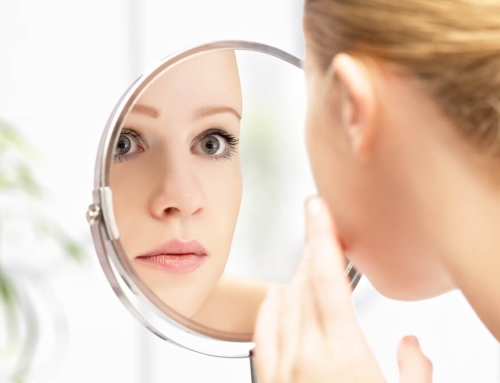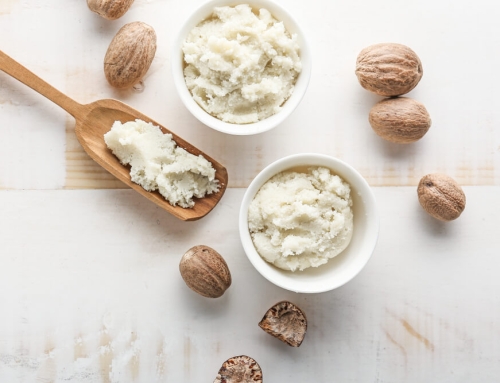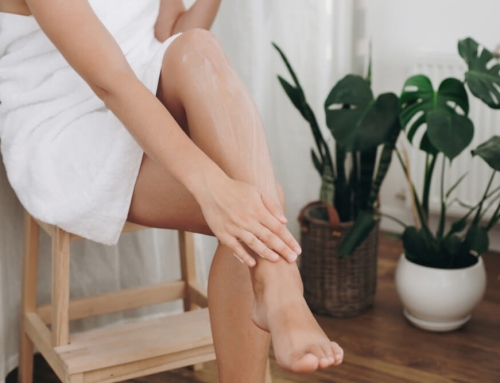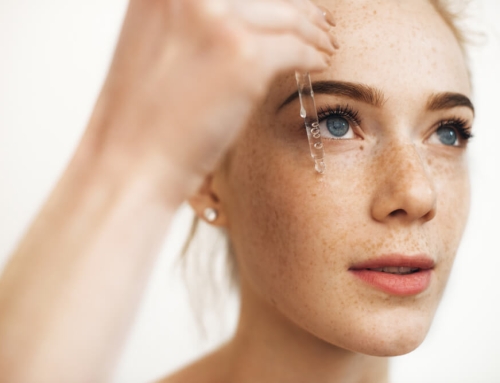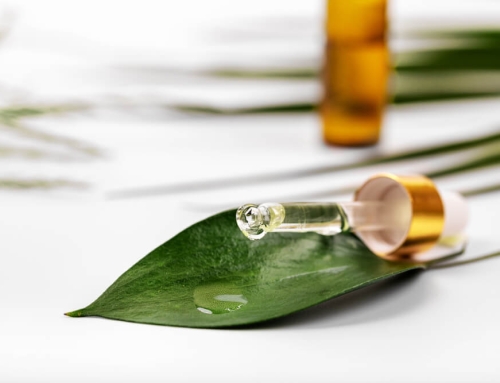Fabric face masks may be a part of your daily attire in the age of Covid-19, but those highly potent skin care face masks need to be making more of an appearance in your life right about now.
Here’s why, along with recommendations on how to pick the best face mask for your skin type.
The Benefits of Face Masks

For many, face masks will already be a regular part of their weekly skin care routine. However, there are also plenty of sceptics out there, who don’t believe that face masks actually do anything.
This couldn’t be further from the truth…
Face Masks Detox the Skin and Unclog the Pores
Nothing beats regular cleansing when it comes to removing all of that daily grime and impurities, but face masks take things a little deeper.
Due to the way in which a face mask remains on the skin for an extended period of time, it’s able to delve deep into your pores and pull out any debris.
This not only leaves you with clearer and brighter looking skin, but a regular detoxing face mask is a great way to help prevent acne breakouts.
You will likely also notice that any products that you apply to your skin after using a face mask will be more effective. This is simply down to the fact that your pores have been cleared out, meaning that the ingredients in all of your products will be able to easily make their way through your skin, without having to deal with any blockages caused by dirt and impurities.
Face Masks Deliver a High Concentration of Active Ingredients
Most face masks are designed to be used once or twice a week, rather than every day.
Ever wondered why?
It’s because they contain a higher concentration of active ingredients – use these too often and your skin will have a tough time tolerating them. However, use them just the right amount and your skin will be benefiting from prolonged exposure to powerful compounds.
Face Masks Hydrate the Skin
Winter brings with it dry air, meaning drier skin soon follows. This is a problem for many each and every winter, but more people are going to be dealing with winter dryness this year.
Why?
With all of the social restrictions that people are facing, spending more time indoors is unavoidable, meaning exposing your skin to the exceptionally drying effects of indoor heating.
Serums and moisturizers are great for keeping your skin hydrated on a daily basis, but a face mask helps to deliver a more intense dose of hydrating ingredients into your skin.
Sheet masks tend to be best for this, as the “sheet” pushes those ingredients even deeper into your skin’s layers, preventing them from evaporating.
Face Masks are Therapeutic
More and more people are now realizing just how important self-care is. It helps to give a huge boost to mental health, which is why anything that you can add into your daily routine that helps to lift your spirits is something worth having.
Well, face masks do exactly that. They force you to take ten minutes out of your day and dedicate that to your skin.
Many take things further, turning a face mask application into a mini spa session, complete with a warm bath and scented candles.
Speaking of scents…
You’ll find many aromatherapy fragrances dominating the more therapeutic face masks out there. These scents are great for additional calming and de-stressing benefits, with some of the best being:
- Lavender
- Jasmine
- Chamomile
How Often Should You Be Using a Face Mask in the Winter?
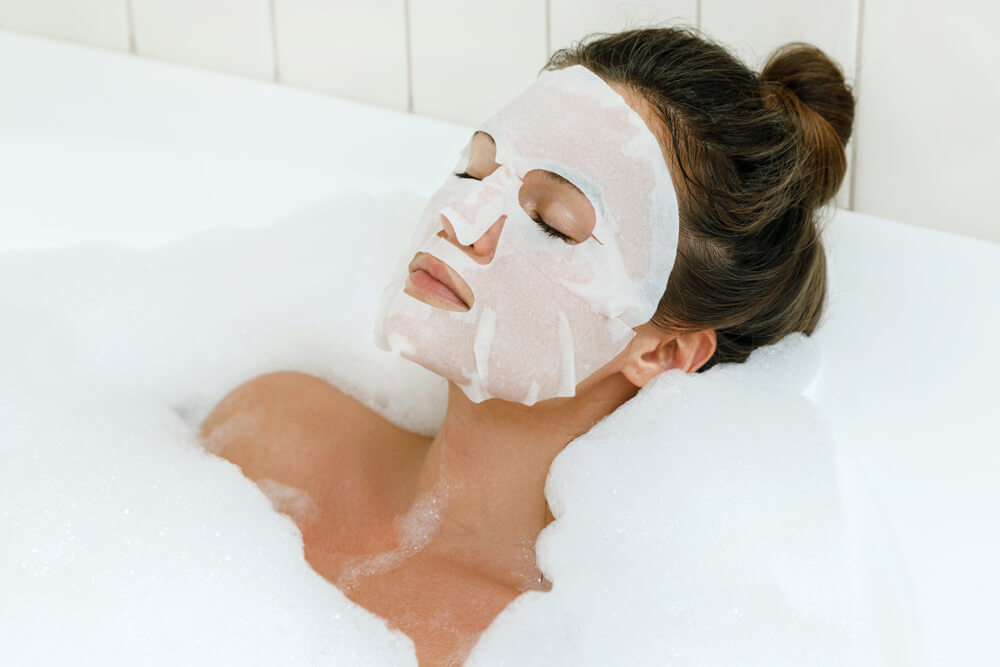
People usually use a face mask once a week during the warmer months, but often increase this in the winter, in order to help counteract the extra dryness.
Two or three times a week would be most beneficial for your skin, especially if you use a different face mask each time, since each one will have its own unique skin-boosting properties.
How to Pick the Right Face Mask for Your Skin Type
Now that you’re convinced that you need to be using face masks more often, the next step is choosing the best face masks for your skin type.
The key is to take a look at the ingredients in each face mask formula, comparing these to the skin concerns you want the mask to help with:
- Oily Skin – those with oily skin tend to favor clay masks, simply because these are the most effective when it comes to absorbing excess oil and unclogging the pores. Look for ingredients that will also help to rebalance your skin’s oil production, such as witch hazel. Hydrating ingredients can be useful too, as higher moisture levels in the skin can help to slow down oil production. The clay-based 24K Advanced Facial Mask would be a good choice
- Dry Skin – dry skin requires lots of hydrating and moisturizing ingredients. Look for masks that are packed with humectants and plant oils, such as with the 24K Nano Hydra Silk Mask, which contains multiple humectants and botanical extracts
- Dull or Uneven Skin – if your complexion could do with some rejuvenation, or you’re dealing with dark spots and hyperpigmentation, look for masks that contain vitamin A, which will help to resurface your skin. Peptides are useful too, as is clay for a general detox, all of which you will find in the 24K Bio-Brightening Pigment Balancing Mask
- Mature Skin – whether it may be wrinkles, age spots, loose skin, or anything else, mature skin often faces a number of different issues. Look for a mask that focuses on hydration, as this can help with several age-related concerns. Antioxidants are key too, while collagen can help to give your skin a smoother and firmer look. The 24K Deep Tissue Rejuvenation Mask is a good example of a product that is able to do all of those things
Combining Multiple Face Masks

What should you do if you have combination skin? Or if you have multiple skin issues that cannot be addressed with a single mask?
If you’re an Instagram fan, you’ve probably heard of multi-masking before, since this technique makes for such a great photo op!
For everyone else, multi-masking is simple – it refers to using multiple face masks in one session.
There are a few ways in which you can do this:
- Layering – this involves applying one mask all over your face and then topping this with another. It’s most commonly carried out with a cream or clay-based mask applied first, followed up with a sheet mask to really lock everything in place
- Zoning – this is the multi-masking method that really made it big, consisting of applying multiple face masks to different parts of your face, all at the same time. For example, if you’ve got an oily t-zone, dry cheeks, and fine lines around your eyes, apply a clay-based mask on your t-zone, a hydrating mask on your cheeks, and an anti-aging mask around your eyes
- One at a Time – some masks don’t lend themselves well to being zoned or layered. In this case, begin with one face mask, and then once you’ve washed that one off, immediately apply the next
How to Prep Your Skin for a Face Mask
You may be tempted to simply slather on a face mask as soon as you’re home from work in the evening, but there are a couple of things that you should do first…
The first step is cleansing, and this is something that you should never skip out on, especially if you plan on applying a face mask. And yes, this applies to those who are going to be using a cleansing and detoxing mask too.
Why is cleansing before masking so important?
Because even if you think that your face is clean, it isn’t. Your pores will contain tiny specks of dirt and other impurities that will only end up being pushed in deeper if you apply a mask over the top of this.
All of that debris within your pores will also prevent the ingredients in your face mask from properly penetrating into your skin, meaning that your mask won’t have much of an effect in the end.
Once you’re done cleansing, a toner can be useful too.
All cleansers, even if they claim to be pH-balanced, will disrupt your skin’s natural pH level. This is simply due to the fact that the ingredients needed to effectively cleanse the skin are of a different pH to that of your skin itself.
A toner helps to balance things out again, while also removing any residue that your cleanser has left behind. This then leaves your skin perfectly prepped and primed to receive all of the benefits that your mask provides.
What about exfoliation?
This is something else that can help your face masks to be more effective. It will give your pores an even deeper clear out than cleansing does, allowing the ingredients in your mask to really work some magic.
Winter Face Mask Tips
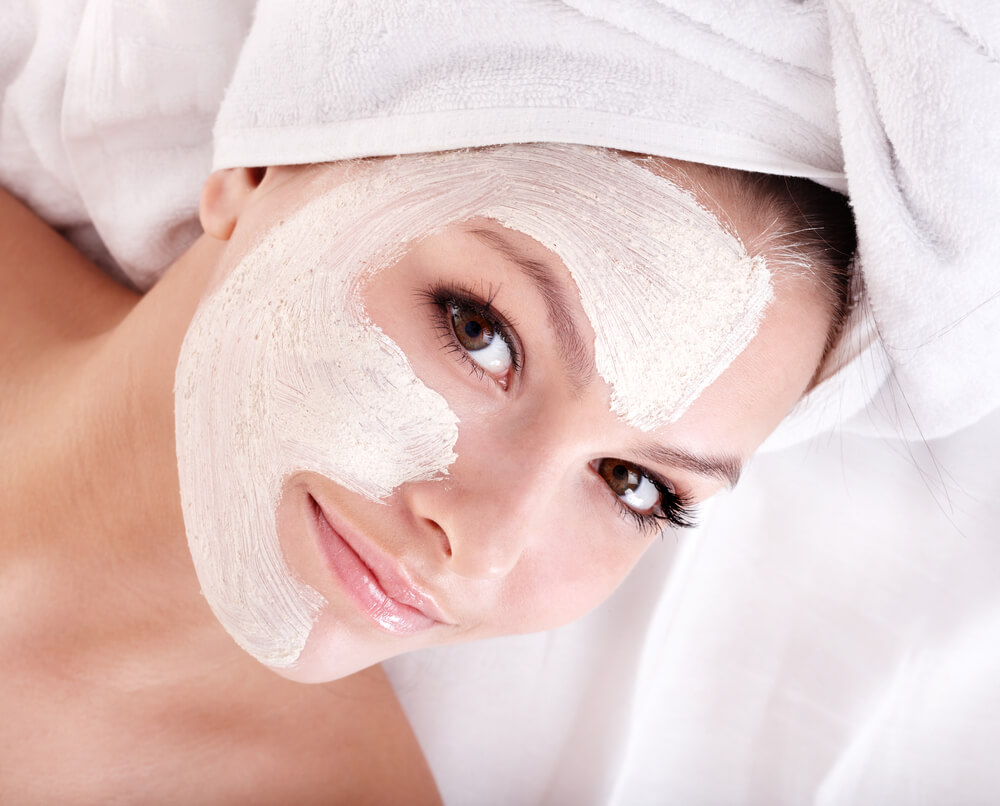
Ready to amp up your face mask routine?
Make sure you have a read through these extra tips first…
Don’t Be Afraid to Customize Sheet Masks
There’s not one single size and shape when it comes to peoples’ faces, but it would be impossible for cosmetic companies to produce sheet masks in every shape and size.
If you’ve ever used a sheet mask that just doesn’t quite fit your face properly, don’t be afraid to customize it.
How?
Simply grab a pair of scissors and trim off any excess parts, so that it fits your face perfectly. You can then use those extra trimmings on other parts of your face or body.
Don’t Leave a Face Mask On for Too Long
You may think that the longer you leave a face mask on for, the better, but this isn’t always the case.
In some cases, such as with clay masks, leaving them on for too long will cause the ingredients to excessively dry on your skin, which can end up drawing moisture out of your skin, leaving your skin parched and dehydrated.
It’s always best to follow the recommended instructions when it comes to how long to leave your mask on for – set a timer if you know that you’ll forget.
Always Moisturize After Masking
What should you do once you have removed or washed off a face mask?
Ideally, carry on with the rest of your skin care routine, which likely means a serum and then a moisturizer.
You don’t want to leave your skin bare after masking – this will only cause your skin to dry out. Instead, top it off with a moisturizing layer to keep your skin hydrated and protected, so that all of those mask ingredients that are already in your skin are able to do their job properly.
Use a Face Mask Regularly and Consistently
Some face masks will have instant benefits, immediately giving your face a healthy and plump glow.
However, in order to receive maximum benefits from your chosen masks, you need to use them regularly and consistently.
There’s nothing wrong with using different masks throughout the week, but try to return back to those same masks on a regular basis too.
Look Into Overnight Masks
If you have extremely dry or dehydrated skin, then a ten minute face mask session won’t be quite as transformative as you likely hope.
Instead, you’ll need something that can remain on your skin for longer, ideally overnight, since this is when your skin uses up a significant amount of its moisture.
However, not every mask can remain on the skin overnight, so make sure that you choose a formula specifically designed for this.
Face masks are a great way to keep the skin looking and feeling soft, smooth, and fresh throughout the winter months. If you haven’t been using face masks regularly, now is the time to start – it won’t be long before you start to notice the improvements in your skin.


